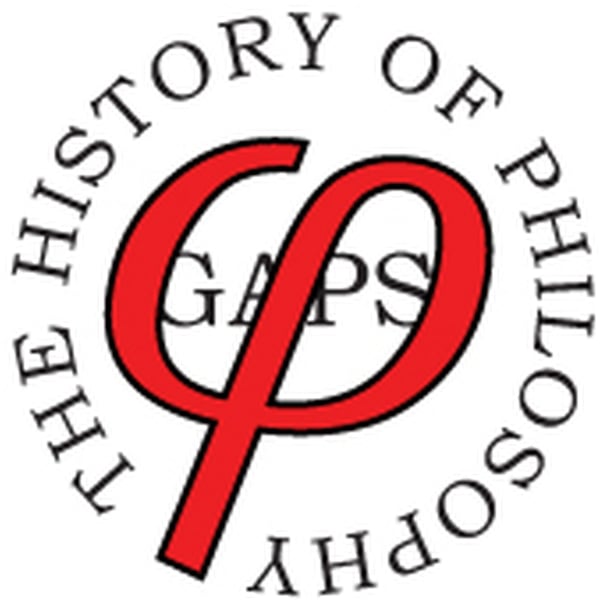HoP 417 - To Kill a King - The Scottish Reformation
History of Philosophy Without Any Gaps
Peter Adamson
4.7 • 1.9K Ratings
🗓️ 26 March 2023
⏱️ 20 minutes
🧾️ Download transcript
Summary
Transcript
Click on a timestamp to play from that location
| 0:00.0 | Hi, I'm Peter Adams, and you're listening to The History of Philosophy Podcast, brought to you with the support of the Philosophy Department at King's College London and the LMU in Munich, online at historyofphilosophy.net. |
| 0:24.0 | Today's episode, to kill a king, the Scottish Reformation. |
| 0:31.0 | If you want to annoy a Scott, a good way to do it is to say England when you mean Britain. |
| 0:36.0 | Far be it for me, then, to suggest that with my coverage of the English Reformation last time, we've sufficiently covered the British Reformation. |
| 0:43.0 | Certainly, there were parallels between the story of Reformed North and South of the border. |
| 0:48.0 | For instance, there were Hussites and Lawards in Scotland, too, who already in a late medieval era anticipated the religious critique of the 16th century. |
| 0:56.0 | In fact, the leading of Scottish Protestant John Knox began his history of the Reformation by describing the martyring of a Hussite back in 1433. |
| 1:05.0 | And, as in England, the Reformation led to violent repression. |
| 1:09.0 | Patrick Hamilton was burned at the stake at St Andrews in the year 1528, followed by other martyrs like the iconic class George Wissfart in 1546. |
| 1:18.0 | The violence was just as counterproductive in the North as it had been in the South. |
| 1:22.0 | Knox remarked the burning that the reek of Master Patrick Hamilton has infected as many as it blew upon. |
| 1:29.0 | But there were major differences, too, one of which was well captured by Nunner-Liven King James VI of Scotland, who was also King James I of England. |
| 1:37.0 | I make that James VII in total. |
| 1:40.0 | He wrote that the Reformation in Scotland was a popular tumult and rebellion not proceeding from the Prince's order as it did in England. |
| 1:48.0 | Indeed, whereas the official religion in England swung back and forth between Protestantism and fallicism, the rule cuios regio, oyes religio, the prevailing religions that of the ruler was not observed in Scotland. |
| 2:01.0 | Mary Stewart, also known as Mary Queen of Scots, was a Catholic who reigned from 1542 to 1567. |
| 2:07.0 | But for long stretches to ruled from France, and even when she was in Scotland, she said of the people there, |
| 2:13.0 | I am their queen, and so they call me, but they use me not so. |
| 2:17.0 | Smack in the middle of her reign in 1560, Scotland became the last place to adopt the Reformation as official doctrine, when the Scottish Parliament approved a broadly Calvinist confession of faith. |
| 2:27.0 | Knox put a positive spin on the divergence between the monarch and her people. |
| 2:32.0 | That Parliament, we are bold to affirm, was more lawful and more free than any Parliament that they are able to produce for a hundred years before it, or any that hath since ensued, or in it the votes of men were free and given of conscience, in others they were bought or given at the devotion of the Prince. |
| 2:49.0 | We shouldn't insist too much on the contrast between a top-down English Reformation and a bottom-up Scottish one. |
... |
Transcript will be available on the free plan in -733 days. Upgrade to see the full transcript now.
Disclaimer: The podcast and artwork embedded on this page are from Peter Adamson, and are the property of its owner and not affiliated with or endorsed by Tapesearch.
Generated transcripts are the property of Peter Adamson and are distributed freely under the Fair Use doctrine. Transcripts generated by Tapesearch are not guaranteed to be accurate.
Copyright © Tapesearch 2025.

